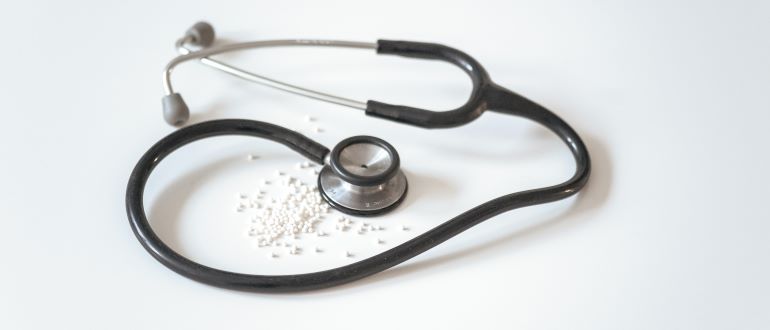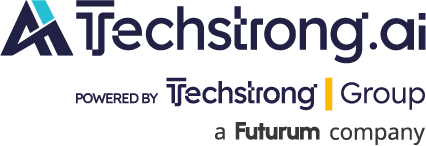
They treat our injuries, evaluate our mental status, and hold the weight of life and death in their hands, but when it comes to their own well-being, many healthcare workers suffer from prolonged unmanaged stress that leads to burnout.
But a new collaboration between HSR.health, a leader in geospatial health risk prediction, and the Clinician Burnout Foundation (CBF), the world’s first and only public charity dedicated to ending clinician burnout, is leveraging artificial intelligence to identify who among the healthcare workforce is most at risk of burnout — and when and where that risk is likely to spike.
Using a combination of predictive analytics and a trove of demographic and occupational data, the technology can flag risk factors by job type, geographic region, and years on the job, among other variables. It’s a targeted, data-driven attempt to stop a pervasive problem that manifests in costly and sometimes tragic ways — from substance abuse to suicide.
“When clinicians are exhausted or depressed, every quality metric, from readmissions to hospital-acquired infections, moves in the wrong direction,” said Ajay K. Gupta, cofounder and CEO of HSR.health. “Partnering with CBF allows us to look beyond environmental and social determinants of health and address a critical workforce determinant: the health and wellness of our caregivers.”
Evidence of burnout among healthcare professionals is staggering. According to the CBF, 93% of physicians have burned out at some point in their career, 63% of nurses. Physician suicides were double the rate of the general U.S. population prior to the COVID-19 pandemic, and it is getting worse. The emotional toll of the work — delivering grim diagnoses, witnessing suffering daily, and operating in high-stakes, high-pressure environments — takes a cumulative toll.
While burnout in medicine has long been treated as a personal failure or an unavoidable byproduct of the job, the hope is that this new initiative will shift that mindset. Instead of waiting for clinicians to reach a breaking point, the system offers a chance to recognize and address the warning signs early — protecting those who are so often expected to endure in silence.
The AI tool is not just a diagnostic device; it’s also a roadmap for action. By pinpointing burnout hotspots — whether it’s a rural emergency room or a metro-area oncology unit—the system provides hospital leaders and policymakers with early-warning signals and the insights needed to intervene.
“Our mission is to give solutions, not lip service — proven tools that restore wellbeing across the healthcare workforce,” said Jodie Green, president and CEO of the Clinician Burnout Foundation.
Green emphasized that CBF underwrites the cost of deploying pilot programs so that organizations like HSR.health can implement their technologies in the places that need them most — regardless of resources.
“Their predictive analytics will help pinpoint high-risk regions, specialties and institutions so that decision makers have the actionable data they need to intervene sooner and save more lives,” Green said.
In a study by Lancet Regional Health Europe, published on the National Institute of Health’s website, burnout in the healthcare profession is a global issue.
“Healthcare workers face rising pressures from increasing patient demands, complex health conditions, workforce shortages, administrative burdens, and emotional stress, intensified by evolving technologies. Pre-COVID-19, burnout levels were already high but overlooked. The pandemic has worsened mental burdens, compounded by long hours, heavy workloads, and ongoing staff shortages. Additionally, personal factors and the presence or absence of a supportive environment significantly affect mental well-being.”
The study touted the benefits of AI in helping to address the problem, from the standpoint of eliminating many of the routine tasks healthcare workers encounter on a daily basis, as well as assisting in diagnosis and treatment. But the authors also cautioned that implementing AI to lighten the heavy workload should be done carefully, so as not to become another source of stress.
“Artificial intelligence has the potential to revolutionize healthcare by augmenting diagnostic accuracy through advanced image analysis, clinical decision support at the point of care as actionable insights and predictive modeling. By automating routine tasks, AI enables healthcare professionals to focus more on complex patient care and decision-making. However, concerns about adapting to new technology, job security, and the ethical implications of AI use can also contribute to stress and exacerbate burnout among healthcare workers. Therefore, quality education, early engagement of health workers in the design of Digital Health Technologies and thoughtful implementation of AI in healthcare are key.”

